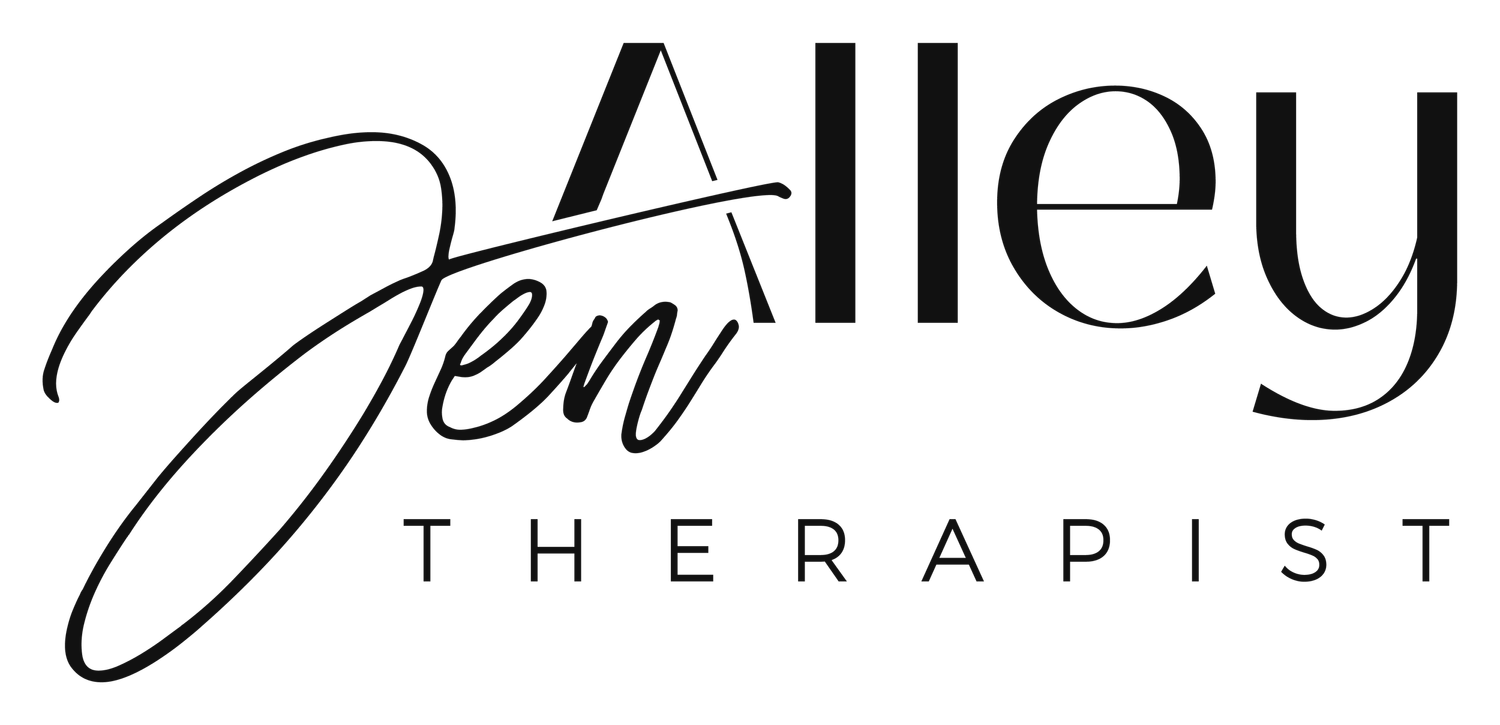Stress is an inherent biological response to a perceived threat, triggering a cascade of chemicals and hormones such as adrenaline and cortisol throughout the body. This evolutionary adaptive mechanism, designed for immediate problem-solving in moments of danger, can, unfortunately, lead to a perpetual cycle of stress in modern life.
Types of Stress:
- Acute Stress: A physiological and psychological reaction to a specific event. Once the danger subsides, the body returns to a relaxed state.
- Severe Acute Stress: Occurs when an event is perceived as life-threatening, potentially leading to conditions like PTSD and other mental health issues.
- Episodic Acute Stress: Results from frequent episodes of acute stress, impacting physical and emotional well-being. For instance, constant worry or crisis situations can contribute to this form of stress.
- Chronic Stress: A sustained feeling of pressure or being overwhelmed over an extended period, draining psychological resources and adversely affecting mental and physical health.
Common Manifestations of Stress:
- Anxiety
- Irritability
- Anger
- Overwhelmed feeling
- Fear
- Dread
- Loss of interest
- Racing thoughts
- Difficulty concentrating
- Physical symptoms like headaches, body pain, and upset stomach
- Tension
- Clenching/grinding teeth
- Changes in libido
- Restlessness
- Withdrawal
- Substance use/abuse
- Overspending
- Panic attacks
- Sleep and appetite changes
- High blood pressure
- Chest pain
- Fatigue
- Weight changes
- Hormone fluctuations
- Exacerbation of mental health conditions
A.Z. Reznick’s Stress Response Cycle:
A.Z. Reznick identified a specific stress response cycle comprising four phases:
- Resting Ground State
- Tension/Strain Phase
- Response Phase
- Relief Phase (Physiological and Psychological)
The Nagoski sisters, authors of Burnout, suggest methods to complete the stress response cycle, helping our bodies recognize safety. Failure to complete this cycle can result in the persistence of stress continuing in our bodies.
How to Complete the Stress Response Cycle:
Our lower brain communicates through movement and sensation. Examples of ways to complete the stress response cycle include:
- Yoga
- Deep breathing
- Tai Chi
- Brisk walks
- Progressive muscle relaxation
- Laughter
- Creative expression
- Grounding techniques
- Visualization meditation
- Emotional release (e.g., crying)
- Physical touch (e.g., long hugs)
- Sensory experiences (e.g., orgasm)
- Breathing exercises (e.g., belly breathing)
- Rhythmic activities (e.g., rocking, dancing)
Practices for General Stress Management:
- Regular exercise
- Balanced nutrition
- Effective time management
- Realistic goal-setting
- Adequate sleep
- Leisure and recreational activities
- Nurturing social connections
- Minimizing substance use
- Learning stress reduction skills
- Practicing mindfulness
The Ultimate Goal:
The aim is not to eliminate stress entirely but to complete the stress response cycle. Developing an adaptive and flexible nervous system allows for a smoother transition between safety and danger, promoting overall well-being. Recognizing stress as a natural part of life, adopting coping strategies, and nurturing a healthy lifestyle contribute to achieving this goal.

